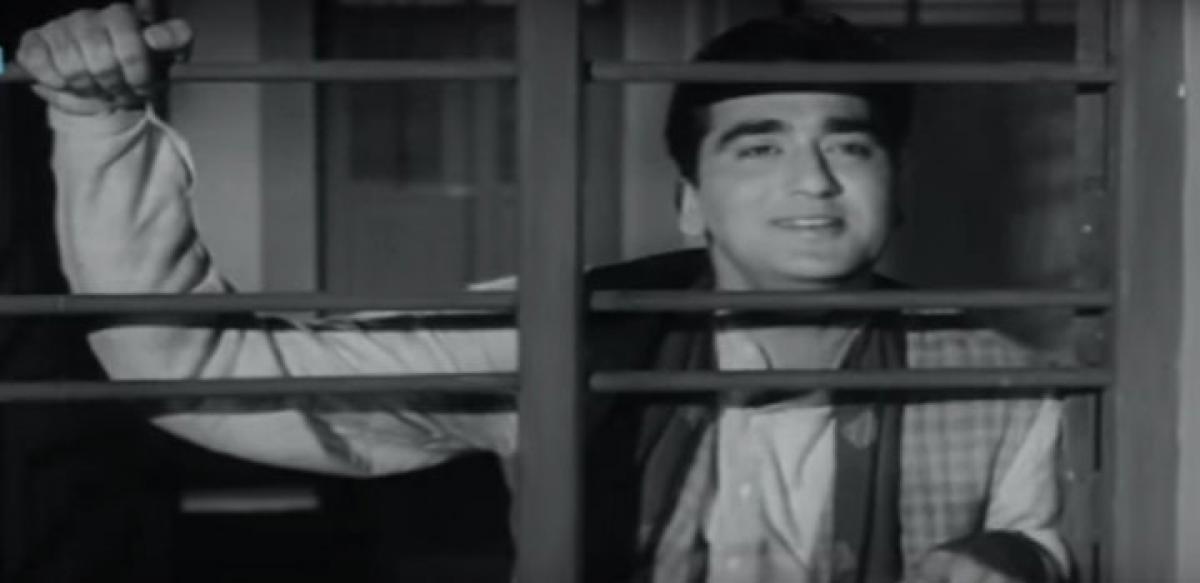Live
- Israel strikes multiple locations in Syria
- NC chooses Omar Abdullah as leader, set to be new CM of J&K
- Our goal is to strive hard for lifting trophy this year, says Maharashtra chief selector
- Tennis: Richard Gasquet to retire after Roland-Garros 2025
- Political stability, policy continuity to bring rigour to reforms towards Viksit Bharat: Amit Shah
- Tirumala Brahmotsavams: Lord Venkateswara appears on Surya Prabha Vahanam
- Murasoli Selvam, Stalin's brother-in-law and senior journalist, passes away
- Communicate politely with patients - Collector Badavath Santosh
- What are they trying to hide? BJP questions AAP over claims on CM's ‘Sheesh Mahal’
- Manasi Parekh on National Award win: Moment of pride to represent Gujarati culture on national stage










